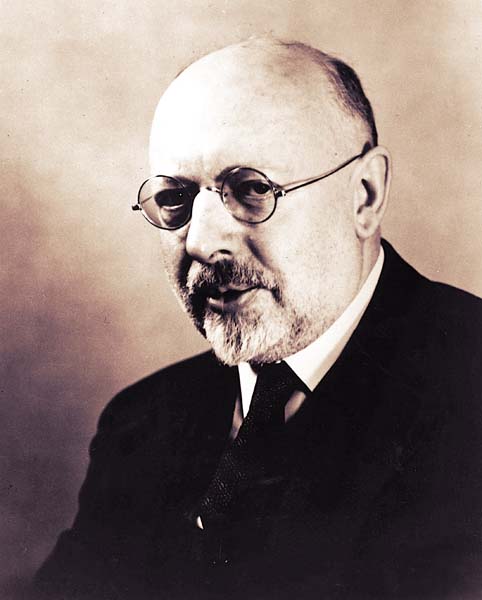Herbert E. Ives
Herbert E. Ives

1924 OSA President, Herbert Ives was born in Philadelphia, PA on 21 July 1882. He was trained by his father, Frederic Ives, in optics, photography and imaging. The young Ives worked for his father as an assistant and plant foreman while still a teenager. In 1905, he earned a bachelor's degree from the University of Pennsylvania. In 1908 he earned his doctorate in physics from The Johns Hopkins University and wrote a dissertation on color photography. Ives held several industrial positions before joining the U.S. Army Signal Corps in 1918 as head of aerial research.
After the war Ives joined AT&T's research division. His first major responsibility was to develop commercial telephotography, a system similar to today's fax machines. AT&T demonstrated their new telephotography system in 1924, and offered it as a commercial product in 1925. This laid the foundation for transmitting news photos over a wire service.
In January 1925, Ives proposed speeding up the AT&T facsimile system "to the point where the product would be television." By December 1925, he had devised an electromechanical system that could transmit images from one laboratory bench to the next. Collaborator Frank Gray contributed a mechanical television camera, which illuminated the subject with a rapidly moving, narrow beam of light and colleague Harry Stoller provided a system to keep the transmitter and receiver synchronized.
Ives first demonstrated this apparatus to AT&T executives on 10 March 1926. The executives talked to one another via "video telephone". The picture was low-definition with 50 lines of resolution at 16 frames per second — but the image of a human face was recognizable, seen via a 2-inch-by-2½-inch window.
AT&T wanted to achieve long-distance television, and Ives set out to refine his system, enlisting the assistance of more than 200 engineers, scientists and technicians. On 27 April 1927, AT&T produced the first ever video transmission. An address by Secretary of Commerce Herbert Hoover was beamed over 200 miles from Washington D.C. to New York City.
Ives produced a color television system in 1929 and the following year demonstrated two-way television (or picture phone), using video telephone booths connecting the AT&T and Bell Labs headquarters buildings in New York. In 1937, it was the transmission of high-resolution television over coaxial cable. Despite these accomplishments, AT&T's interest in developing television technology waned during the 1930s with American conglomerate RCA picking up where AT&T had left off.
During World War II, he worked on night-vision devices and for his efforts received the U.S. government’s Medal of Merit, the highest award given to a civilian. He also received the Franklin Institute’s Longstreth Medal, and the American Academy of Arts and Sciences’ Rumford Prize.
Ives was a charter member of OSA. Of his more than 120 papers scattered over many fields, 67 appeared in JOSA, chiefly relating to television or relativity. He also wrote on the optical constants of the salts of sodium and potassium. He endowed the OSA Frederic Ives medal, named for his father, and he was himself a recipient of the medal in 1937.
Herbert E. Ives died 15 November 1953.
Document Created: 26 July 2023
Last Updated: 28 August 2023
